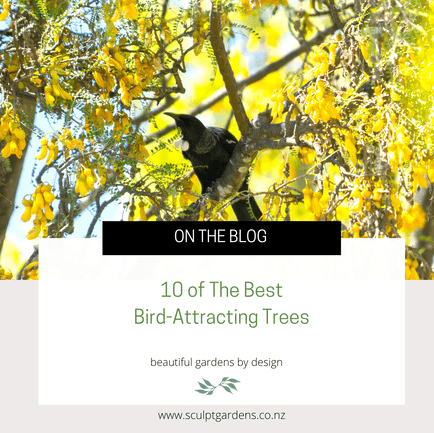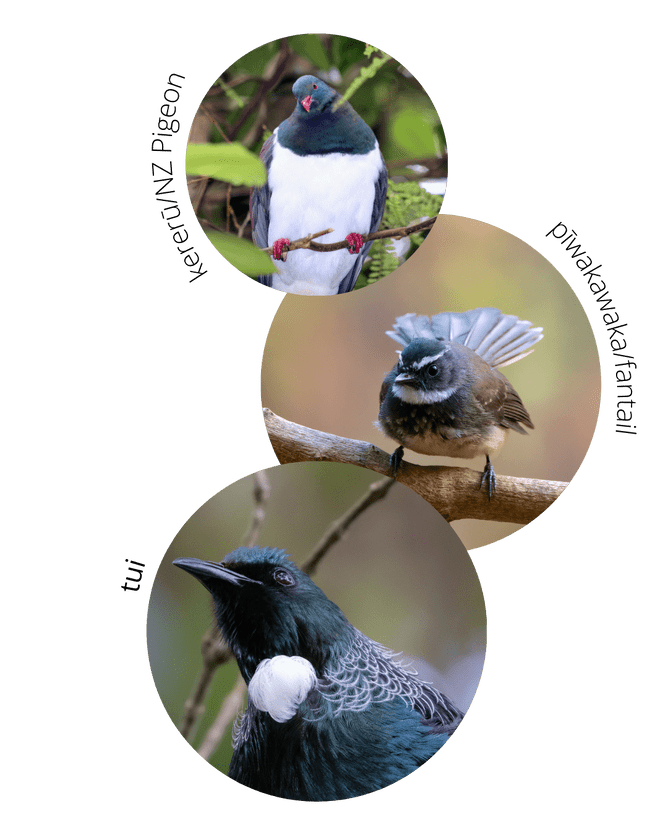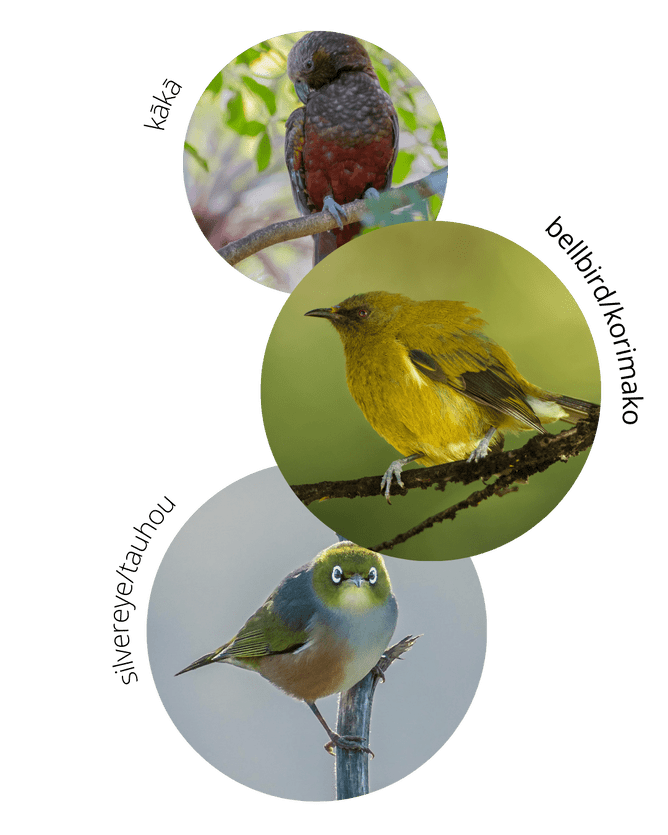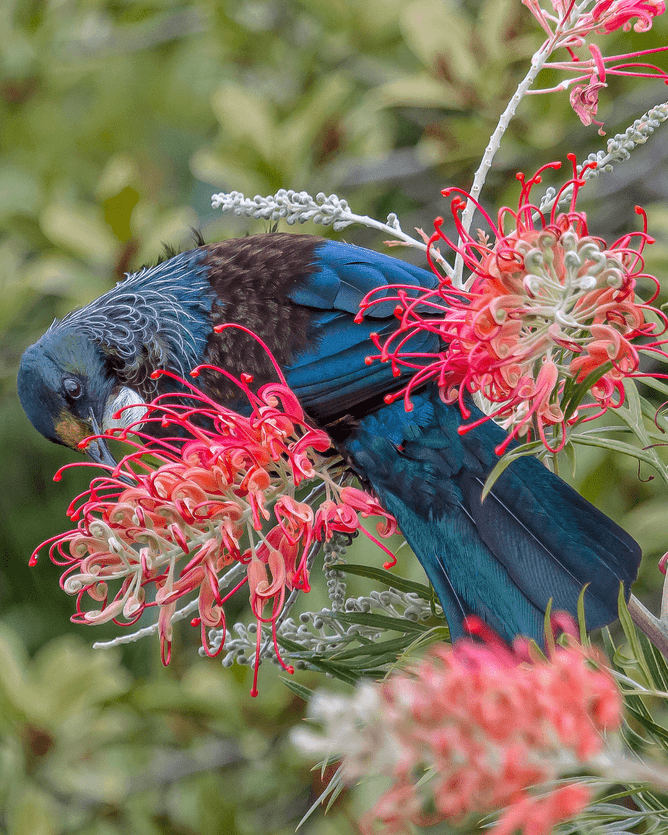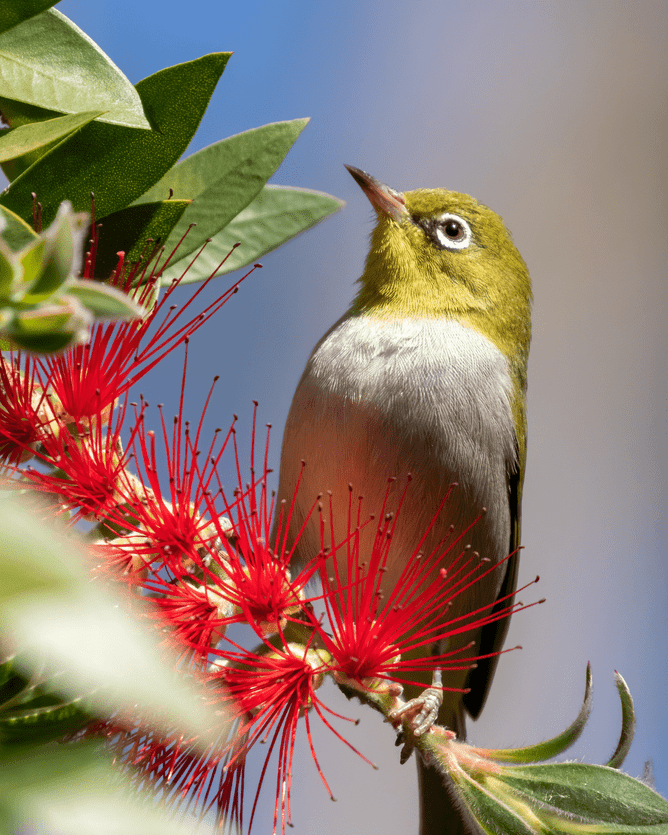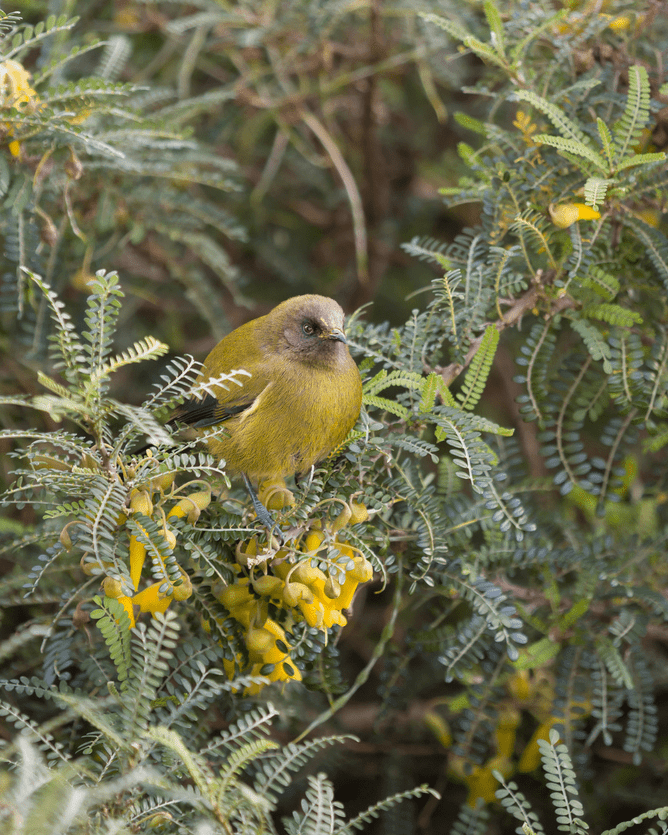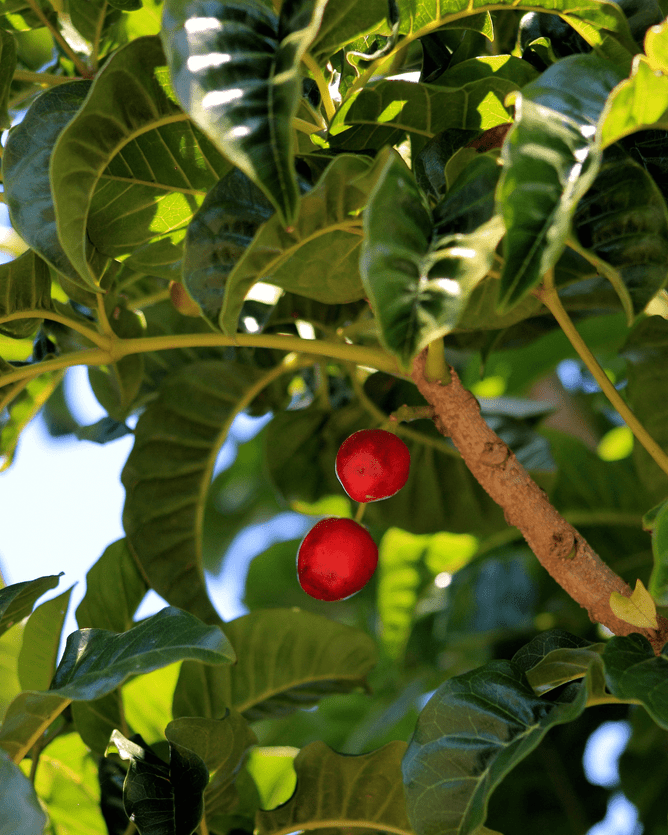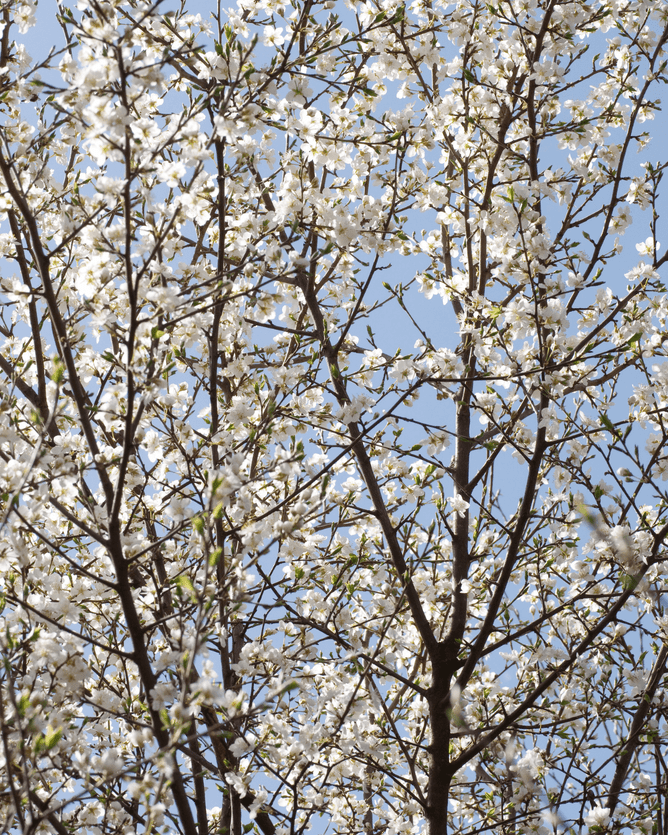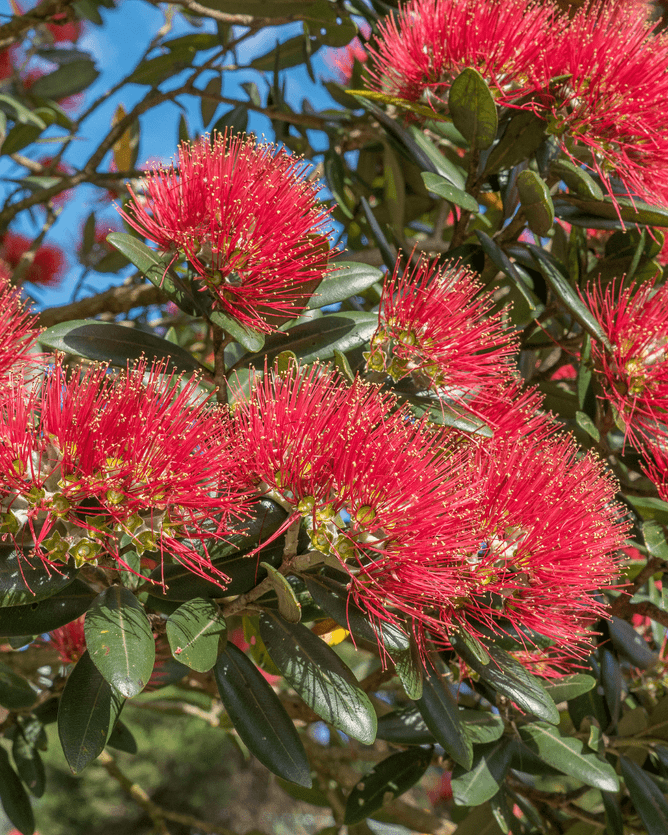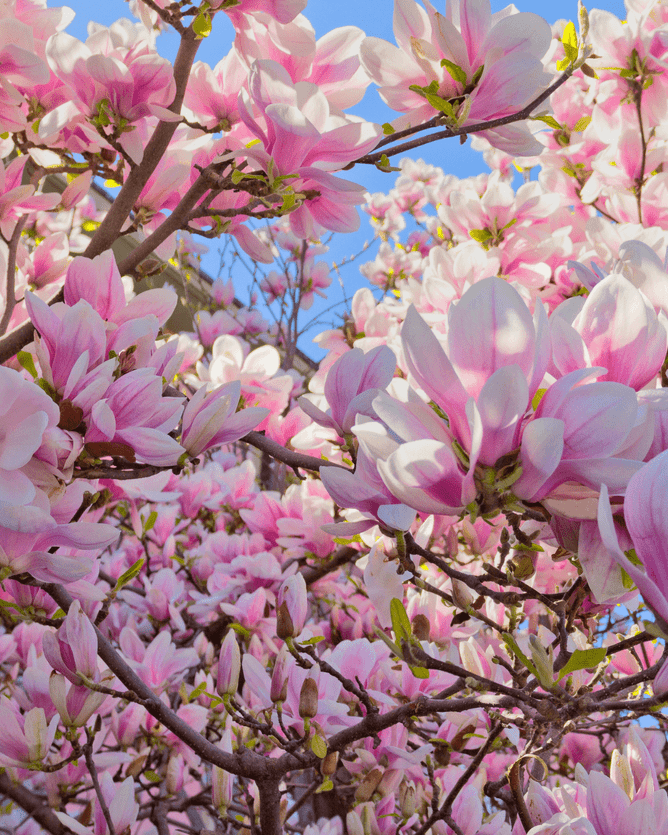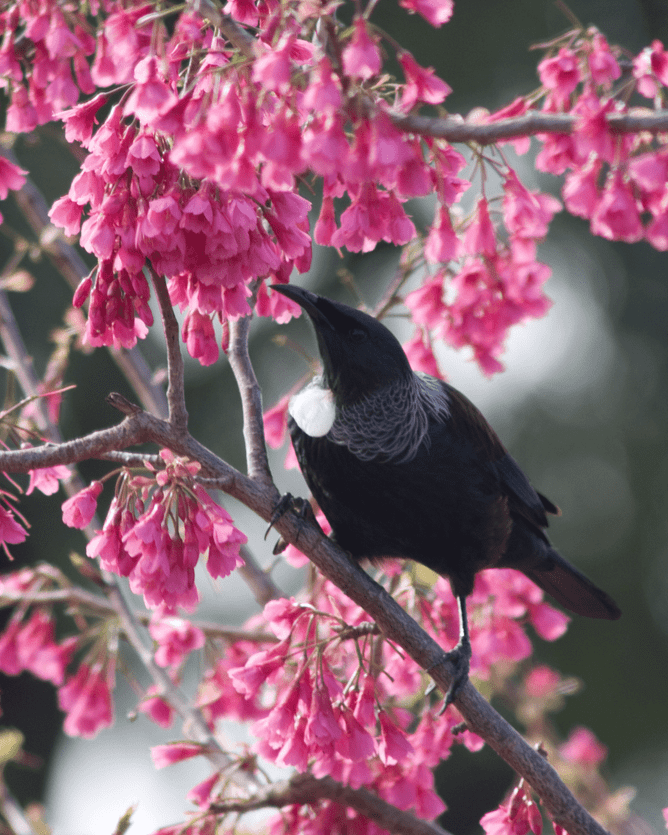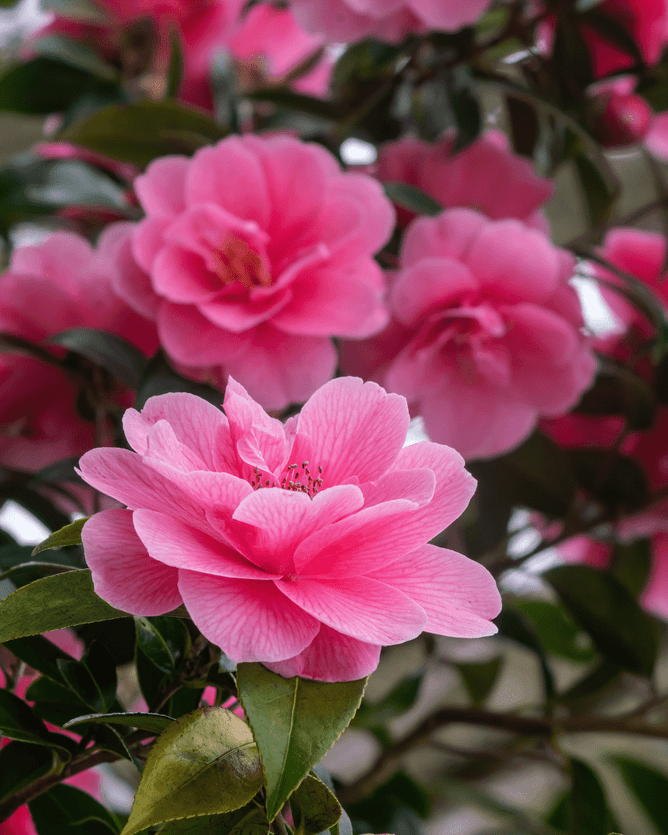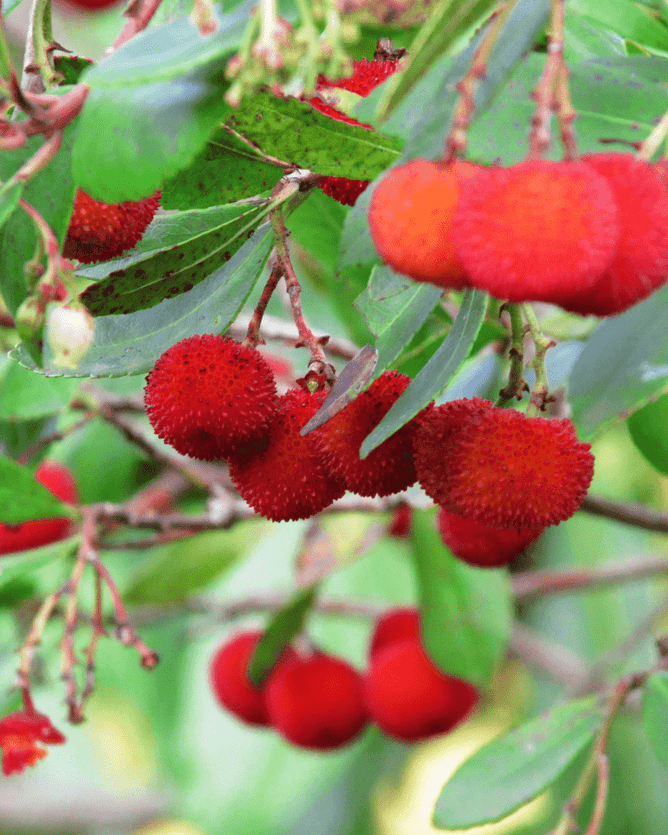If you have been keeping up with the Sculpt Gardens blog, you will be familiar with our most recent article "How To Design A Bird-Friendly Garden".
In this blog, we covered in-depth why you should consider a bird-friendly garden and the benefits of having a beautiful garden that you and our feathered friends can both enjoy. As well as improving mental health, the presence of birds in our gardens plays a vital role in ecology and the continuation of our New Zealand native plants.
Trees are essential for creating a safe habitat for birds. They provide shelter, food, a place to nest, and crevices where they can hide and store food. Some trees provide more benefits than others, and will therefore attract more birds.
The 10 of The Best Bird-Attracting Trees we recommend below are suited to an Auckland climate and are often planted in our landscape designs. With the right conditions and care, you can grow a beautiful tree that will attract some of these precious New Zealand birds:
Grevillea
This hardy, tolerant exotic has a stunning spider-like flower that can be seen throughout most of the year. With a variety of colours available, there is a Grevillea to suit most gardens.
Consider this tree if you have a full-sun/part-shade location, in well-draining soil. They are drought tolerant, requiring little to no maintenance.
Although not a native, Grevillea will add many benefits to the native wildlife and environment around you. With many varieties flowering intermittently all year round, there is a delicious nectar supply to be enjoyed. As well as this, the bark hides insects which the Pīwakawaka love to feed on. The foliage, whilst soft and fern-like, attracts birds for nesting and sheltering.
The flowers range from white to cream, to orange, to apricot, to pink, to red, to lime, to yellow.
Bottlebrush (Callistemon)
A native to our Australian natives, the Bottlebrush is a popular, easy to care for and hardy specimen that is very suited to our Auckland climate. There is a selection of colours and varieties available, in pink, white or red. Aside from their attractive appeal, their preference for poor soil makes them ideal for low-maintenance lovers.
They provide nutritious nectar and pollen to birds. Tūī, wax/silvereye and bellbirds particularly love to feed on the Bottlebrush.
Kowhai
Kowhai, the unofficial flower of New Zealand, is guaranteed to bring birds to your garden. As well as this, it will bear a beautiful touch of yellow with delicate, circular leaflets in two perfect rows.
The tui, bellbird, kererū, and kākā feed on the flowers and the leaves which provide a seasonal nectar supply. The flowers, which bloom from July to November, make for a spectacular feature tree.
They require sun and good drainage and are generally hardy once established. They do not like strong winds, so a semi-sheltered position is needed, and extra protection as seedlings. Ensure you assess the conditions of your location before you rush out to find one of these!
Puriri (Vitex lucens)
Puriri is a NZ native tree, known for its beautiful colourful flowers. With large, dark green glossy leaves, and pinky-red flowers, it is admired by the birds and the human eye.
What makes this tree such an excellent addition to a garden is the year-round supply of food that it provides. Birds feed on the nectar, seeds and fruit. Providing a source of food in the winter months when it is more scarce, makes the Puriri a fantastic way to ensure the birds in your area are cared for.
The flowers, which bloom May-October, are favoured by the tui and bellbird. In January-October, the tree fruits which is particularly enjoyed by the kereru.
Plum Tree (Prunus domestica)
Plum trees are beautiful, tasty fruit trees that require little maintenance and will reap benefits for you and the birds. The fruit is rich in antioxidants, vitamin A and dietary fibre, making it an excellent addition to your garden.
Some varieties of trees are self-fertile, meaning they do not need a second tree to produce fruit. However, many varieties are pollinators therefore it is best to plant a second tree to avoid your tree not fruiting.
The birds will feed on the flower blossoms in spring, and come summer when the fruit is produced, they will be eagerly waiting to gobble it up! You can place a net over your tree when the fruit first appears to prevent them from eating all your crops, just ensure you remove it at the end of the fruiting season. Some people choose to have one tree for themselves which they cover, and leave another uncovered for the birds to enjoy. If you are visited by the cheeky kererū, he will swallow the fruit whole and leave you none!
Pōhutukawa (Metrosideros excelsa)
Pōhutukawa trees are recognised as the New Zealand Christmas Tree, which is due to their spectacular display of crimson flowers over summer. They are often used to help stabilise banks or coastal land in the North Island.
In Maori mythology, the red colouring of the flowers symbolises the blood of the warrior Tāwhaki. Seeking help to avenge his father's death, he fell to earth while searching for heaven. It is tradition to plant pōhutukawa as a living memorial to the dead.
The trees give life to the kaka, tui, silvereyes and bellbirds who particularly love to feed on the nectar. They also make nests in the hollow branches.
Pōhutukawa can grow up to 12 metres in height, and 8 metres in width, so ensure you have adequate space before planting! They are often used to help stabilise banks or coastal land in the North Island. If they receive full sun in well-draining soil, they should thrive. They love to be near the sea, so it is a bonus if you are coastal.
There are different varieties and colours available, which have different growth habits. The 'Maori Princess' variety, for example, has compact, upright growth with red flowers. The yellow pōhutukawa (Metrosideros excelsa Aurea) has a short trunk with wide-spread branches and yellow flowers.
Magnolia
Magnolias are one of the most striking feature trees with their beautiful early flowering tendencies. Their blooms are exceptional, with large soft petals that can range from pink to wine, to purple and red.
Caring for your Magnolia is not difficult., however before planting make sure you choose a permanent location, as they do not like to be transplanted. They like the soil to be acidic, so simply feed with an acidic fertiliser in the spring.
Birds will love to visit your tree frequently. The carnivorous birds, such as the pīwakawaka feed on the insects and bugs that hide amongst the bark. The flowers produce a fragrance to attract the insects. They are also a delicious source of pollen and nectar, with the flower buds particularly favoured by the kererū.
Prunus Campanulata (Sterile)
Prunus, native to North America, is known as the tui tree here in Auckland. With one of these in your garden, you are guaranteed to see tui's here feeding on the stunning red-pink blossoms.
It is important to note that there are invasive varieties of prunus that you are unable to plant. This is because they produce a large amount of seeds in the form of delicious cherries that are loved by the birds. The birds scatter the seeds all over, which results in the vast spread and threat to our native species. Sterile varieties, such as 'Pink Cloud' and 'Mimosa' do not set seed, therefore it will not spread. However, the tui still get to enjoy the beautiful blossoms and our gardens can be brightened with a touch of pink.
Camelia
Camelia, native to Southeastern Asia, provides a source of nectar for birds over winter, autumn and spring. Their flowers, often fragrant, are soft and sweet, forming the perfect rose-like blossoms. Bellbirds and tui particularly love to drink the nectar, which is a vital food source when it lessens over the cooler months.
Camelia can be grown as feature trees, hedges, standards, or topiary. Plant Camelia in part sun, protected from harsh afternoon sun, in well-draining soil and feed with an acidic fertiliser in spring.
The flowers range in shape and colour, with different shades of pink, red and white.
Irish Strawberry Tree (Arbutus unedo)
The Irish Strawberry Tree is a spectacular specimen tree, bearing its bright red fruit in autumn. The fruit, whilst admired by the human eye, is an irresistible treat to the birds.
Their other notable features include creamy white flowers which form in autumn. Followed by the flowers, the fruit appears. It is first green, then slowly ripens to red over a period of 12 months.
These trees can grow up to 4 metres and will grow into an upright compact shape. They like sun and well-draining soil and can tolerate coastal conditions.
The fruit is edible, however, the ripening phase is long and it is not as tasty as it looks. The birds enjoy them more than us, so it is a fruit that you can happily sacrifice! Tui's, bellbirds and waxeyes will fill the foliage, singing sweet chirps of thank you while they satisfy their bellies!
We hope that with our 10 of The Best Bird-Attracting Trees, you will be able to confidently select a beautiful tree that is suited to you and the birds in your garden. Remember that climate, location, and environment are all important factors in determining the health and success of your chosen tree.
If you would love some assistance with designing a beautiful bird-friendly garden, book a garden consultation with our team today!
